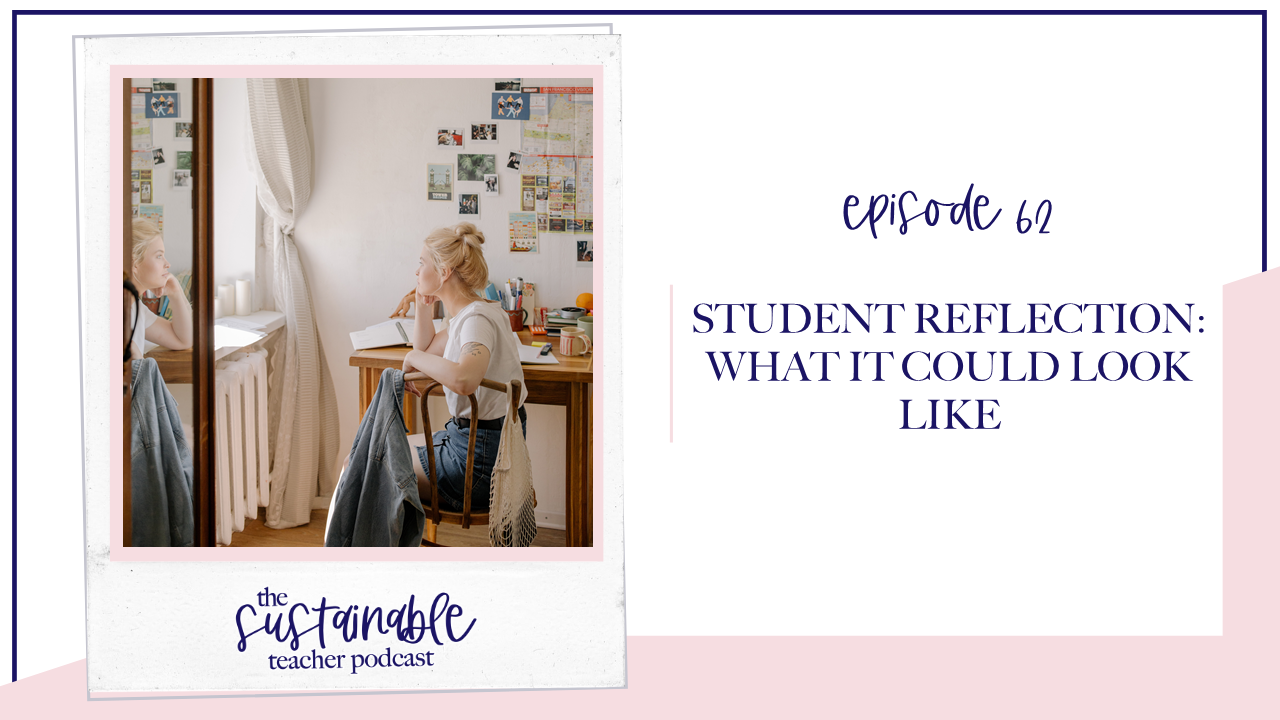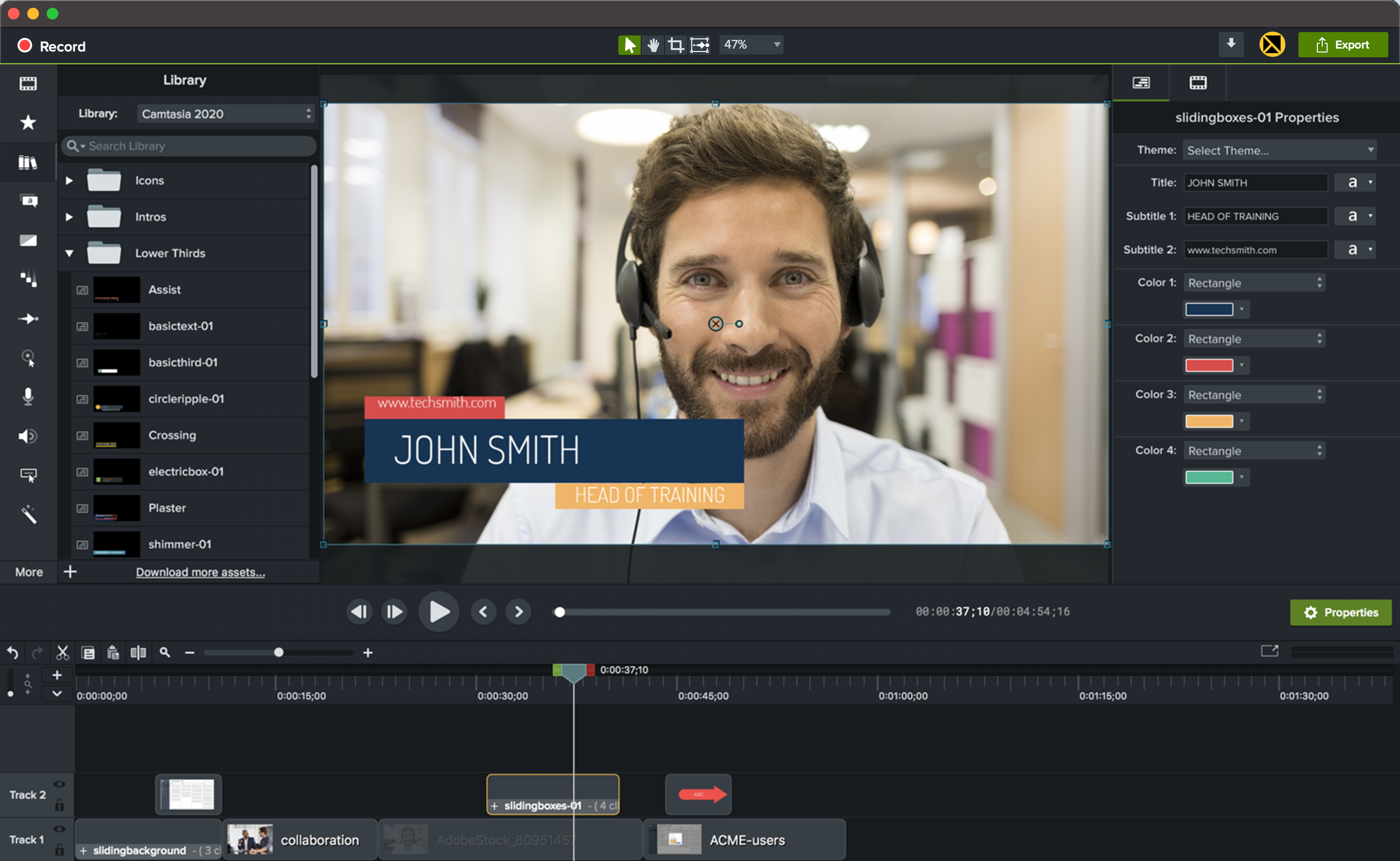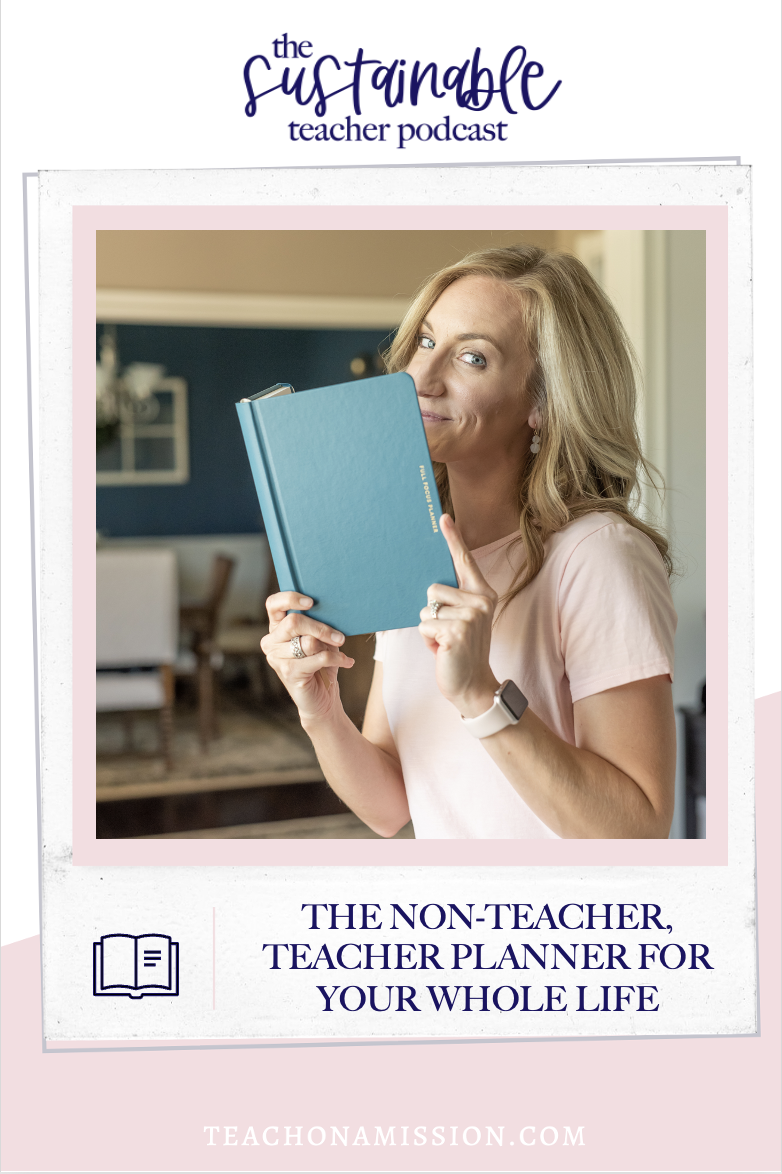Student Reflection: What It Could Look Like

Here at Teach On A Mission and the Sustainable Teacher, we believe that building a sustainable classroom includes a very important player… which is, your students. Empowering your students as learners is one of the most sustaining strategies you can implement in your classroom.
And that is what today’s episode is all about, empowering students in the reflection process, showing you exactly what student reflection can look like, giving you practical strategies to get your students doing some meaningful reflection tomorrow.
Because you know the value of hard work in the learning process, you understand the connection between effortful processing and performance on assessments, you understand the value in engaging in your classroom.
Students don’t always see that, you know this. You also know that telling them the value in all of these things isn’t going to do it for many of them.
Enter stage left, reflection that helps students make the effort-to-performance connection. Now it’s not going to solve world hunger or all the issues in your classroom. But it will certainly serve many of your students in ways that help them own their learning and take initiative to engage and work hard in the learning process you lay out for them.
And that is my hope for you in today’s episode, teacher friend.
I should mention that this episode is part one in a two part series. In this episode, we’ll focus on the when and what of student reflection, what it looks like to actually empower your students through reflection. And next week, we’ll talk about the how - what it actually looks like to get students reflecting and how it can serve and empower them.
So let’s get to it.
Camtasia

Today’s episode is sponsored by Camtasia. The day I started making videos for my more accessible and flipped classroom ten years ago was the day I started using Camtasia. Camtasia is a software suite, created and published by TechSmith, for creating video tutorials and presentations directly via screencast, or via a direct recording plug-in to Microsoft PowerPoint, making it super user-friendly for teachers to record, edit, and get their instruction in front of their students without all the hassle. As you become more familiar and comfortable with the easy-to-use tool, you’ll realize more awesome features you can grow into when you’re ready - like adding thought bubbles, captions, awesome backgrounds and even music. It is the best tool for beginners to produce quality, long-lasting flipped videos, and the possibilities are endless when you’re ready to explore more features.
And get this - they offer teachers a discount!
To learn more about Camtasia and to get an ADDITIONAL 10% discount because you’re a Sustainable Teacher Podcast listener, head over to teachonamission.com/camtasia.
That’s a huge savings you don’t want to miss on what will quickly become the most used tool in your toolbox like it has been for me for 10 years. Again that’s teachonamission.com/camtasia.
Now, let’s get to the episode.
Student Reflection
Today, we’ll be focusing on the what and the when of student reflection. So you may think that this seems like a shorter episode, you are correct, and that is on purpose. Let’s take this idea of implementing a student reflection system into our classroom slowly and intentionally so we are thoughtful and don’t rush to the end product. Let’s make sure that the system we come up with is effective and impactful with our students.
Metacognitive Connection
We should start with the absolute end goal in mind, which should be some variation of the fact that you want your students metacognitively understanding the connection between their brain’s hard work in your class and their performance on your assessments.
In the process, it would also be great if this takes away some of the scary test anxiety that many students feel since we’ll be debunking the myth that learning is somehow magical and not equated to hard brain-work, but that would just be an added bonus, not the top priority.
So, if this is our goal, to get our kids metacognitively understanding the connection between their hard work and performance on assessments, we need to make that connection abundantly clear to them.
We do that first and foremost by telling them about it… often.
So when something is going to be on the test (which means you’ve read through the test and know exactly what’s on it before you go to teach the material), you point out to your students that what they are doing right now to understand and practice a certain standard is going to in some form be on an upcoming assessment. Just say it. I know it feels stupid, because you’re thinking of course it’s going to be on the test. Otherwise we wouldn’t be doing it. But that’s not so obvious to our students for whatever reason. It will feel obnoxious, but do it anyway.
The second way we do this is in the what, which is also when we have our students reflecting.
When Should Students Reflect
Routine
First, you want to set up a routine in your classroom that establishes a consistency around when you assess and the fact that every time you assess, you also do some form of reflection.
Inside of Flipped Classroom Formula, I work with teachers to break down their course into the equivalent of what we call topics, establishing a consistent length of time, approximately, for each topic. Then at the end of each topic whether that’s two days or a week, you give an assessment of some sort where every single student proves their level of mastery.
You can’t just say we’re going to reflect every Friday. You could reflect on their effort or progress in learning, but you wouldn’t have the data to compare their work to. It can still be valuable reflection, but it wouldn’t allow students to make the metacognitive connection between their brain work in your class and their performance on assessments like we discussed earlier.
In this routine, students need to know exactly where to go to do their reflecting. This is the meat of the episode that’s coming out next week on the How to Make it Happen version of this episode, so be sure to subscribe to the podcast so you don’t miss when that episode drops.
In my classroom, my students had test folders where they kept all of their quizzes and tests for our class, which never left the room, and after a test day when I was able to get their graded tests back to them, they would grab those test folders with their reflection packet in it, knowing exactly where to go to do their reflecting for the unit.
You’ll want to establish a bit of a routine for smaller, bite-size versions of reflection as well. Maybe for your smaller assessments through the week, you bring up the item analysis of the assessment and reflect as a class. Maybe you have specific or all students write on a post it note the biggest mistake they made or the biggest win they had on today’s assessment.
The point is, pick a routine, and stick it out. Make changes as necessary to be sure the system is effective, but once you’ve got it, let monotony do it’s beautiful work with your students - let it run like a well oiled machine.
Authentic
Secondly, you’ll want to build in opportunities for authentic reflection that doesn’t always happen on paper.
One suggestion I have for you on making this happen is to get students sharing at their table or with a trusted buddy in the class on how things went for them leading up to the assessment at hand. You could then share out as a class an commonalities students found in the understanding or learning process that led them to their score and how they are going to improve.
Another suggestion I have is to make the reflection process as independent of you as possible so that it runs like a well oiled machine like we talked about, but also so that you are available to go to individual students and have the conversations that lead to authentic reflection. Ask them questions, help them get to the metacognitive understanding with questioning, listening, and repeating what they’re saying. Teachers are some of the best listeners, and it doesn’t take much to do, so just slow down for a bit and see what happens in those moments of authentic reflection with kids.
Focus on the content, the grade will come
Let everything you do within your course speak this mantra - focus on the content, the grade will come.
Have students share with the class what they do on days that you’ve taken notes or first introduced a topic. What have they found that’s helped them remember the first time they learned something? Then follow that up with having students share what studying techniques they find the most helpful. It’s not enough to say you’re going to study. You have to have a plan in place and know exactly what you do and don’t know… that’s metacognition. So use it to your advantage when you go to study.
Alright teacher-friend, today’s episode was a bit of a quick one, but I hope that it’s bite-size nature is what allows you to truly consider what student reflection can look like in your classroom.
for next week’s part two of the student reflection conversation, and I’ll see you here, same time next week. Bye for now.

Full Focus Planner
Today’s episode is brought to you by the Full Focus Planner. If you’re like me, you totally geek out about planners. Especially the super colorful and organized teacher planners with the stickers and the tabs. Seriously - so cute. But as I searched and tested multiple planners, they only became more work to maintain and didn’t necessarily serve the work I was doing in my classroom.
Then I found the Full Focus Planner.
Teachers know the power in backwards planning, right? We start with where we want students to be, then we plan our lessons backwards from there. It’s just good practice. So why don’t we do the same with our goals, whether professional or personal?
Well, the Full Focus Planner allows us to do that. It also does NOT tell you absolutely everything you need to do or accomplish. Yes, you heard me right. It doesn’t put everything in your face to where you’re bogged down by the weight of it all. Instead it allows you to prioritize your tasks so that you are focusing on what’s most important right now.
To learn more about how I use my Full Focus Planner and how it can help you get a hold of your unsustainable to-do list, head over to Teachonamission.com/planner.







